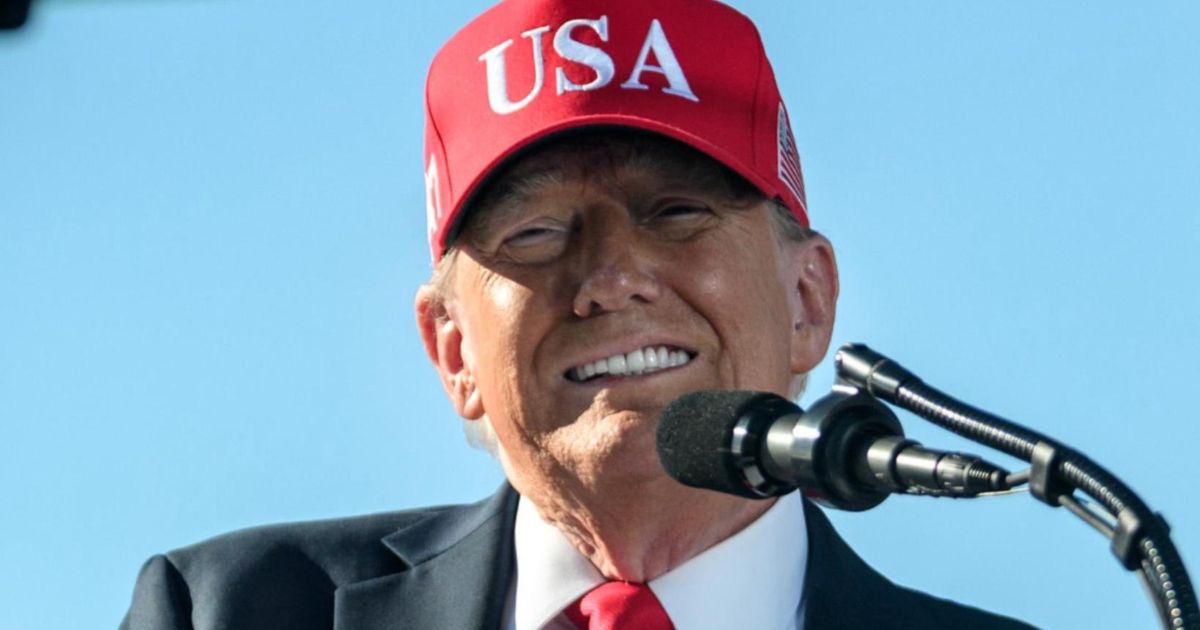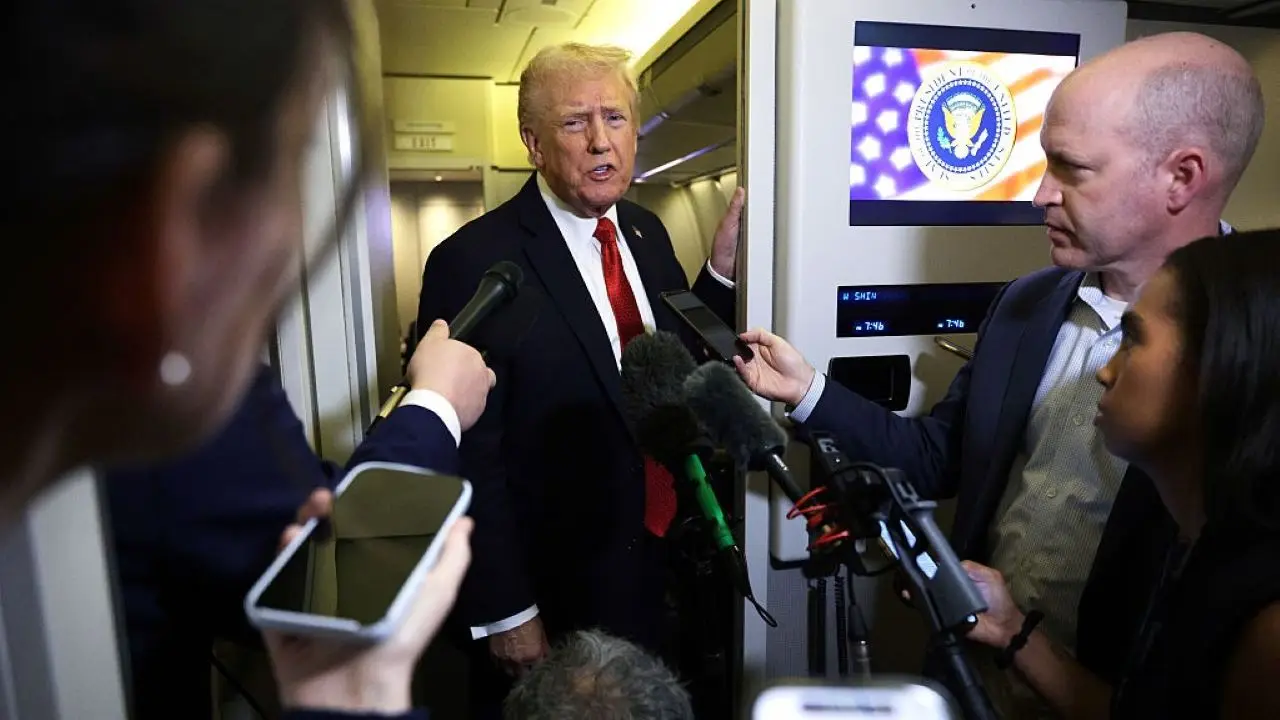Copyright inquisitr

Americans are paying through the nose for beef. From grocery stores to steakhouses, prices have climbed to levels few thought possible. Ground beef is averaging around $6.30 a pound, a record high, driven by a smaller national herd, brutal droughts, and feed costs that refuse to cool off. Families are feeling it and so are restaurant owners trying to keep menus affordable. And yet, instead of offering relief, President Donald Trump just made ranchers furious. His administration has floated a plan to quadruple the amount of beef imported from Argentina, a move critics say helps foreign producers while hammering U.S. cattlemen already on edge. The proposal would boost the annual import quota from 20,000 to 80,000 metric tons. That’s music to Buenos Aires’ ears, but it sounds like betrayal to folks on the range. “This plan only creates chaos at a critical time of the year for American cattle producers, while doing nothing to lower grocery store prices,” warned Colin Woodall, CEO of the National Cattlemen’s Beef Association. He didn’t stop there. Woodall pointed to Argentina’s history with foot-and-mouth disease, saying if it ever spread to U.S. herds, it could “decimate our domestic livestock production.” Economists aren’t exactly cheering either. Argentina mostly exports lean beef trimmings used for burger blends, not the premium steaks Americans crave. So even if the imports ramp up, shoppers probably won’t notice a cheaper price tag on their ribeye. With the U.S. cattle herd at its smallest in decades, rebuilding supply could take years and Trump’s trade play won’t change that overnight. Behind the scenes, the politics are just as messy. Trump has forged a loud alliance with Argentina’s libertarian president, Javier Milei, who shares his brash, populist style. The U.S. recently threw Argentina a $20 billion financial lifeline meant to stabilize its shaky economy. Farmers here didn’t take it well. They watched Argentina use the money to recover and then turn around to sell soybeans to China, one of America’s biggest agricultural customers. “Argentina is fighting for its life,” Trump said when asked about the move. But his defense landed flat across farm country. To many, it looked like Washington bailing out a competitor while U.S. producers were left to fend for themselves. Now, lawmakers from both parties are grumbling. Republican senators from ranching states have joined Democrats in calling the policy short-sighted. Industry groups say the plan could gut confidence in the cattle market just as ranchers were finally crawling out of years of drought and high operating costs. The White House insists the move is part of a broader effort to “strengthen food supply chains” and “help consumers.” But analysts say Argentine beef makes up only a sliver of imports and any price impact will be microscopic. The ones who might benefit most? Big distributors and restaurant chains, not the average American family trying to afford Sunday dinner. For now, everyone’s angry: ranchers feel sold out and consumers are still paying record prices. Trump’s latest trade gamble has opened another rift between his populist rhetoric and the working-class producers who helped put him in the White House. Out on the plains, that feels less like “America First” and more like America last.



